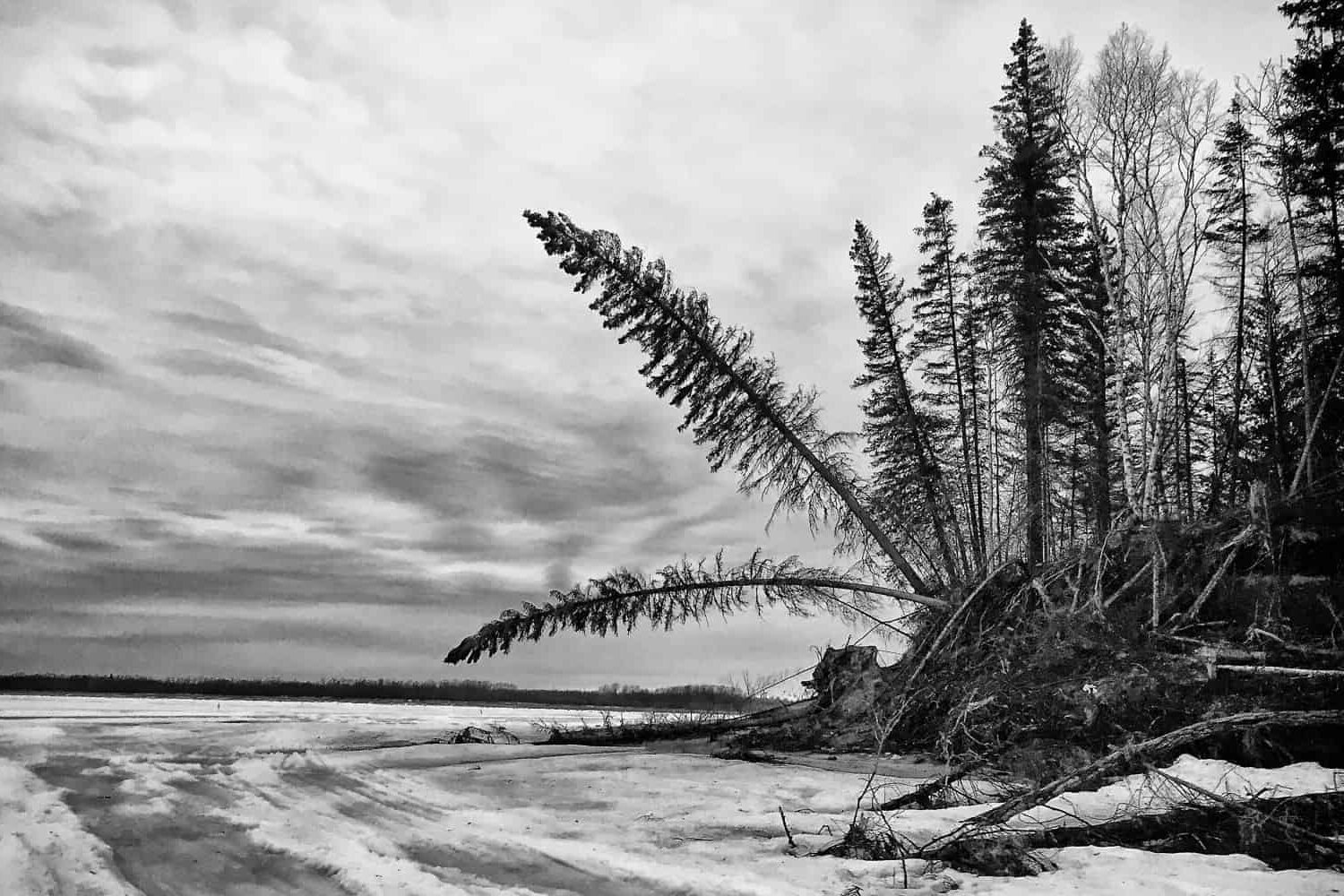- About
- Research
-
-
- Special Reports & Features
- Braiding Accountability: A Ten-Year Review of the TRC’s Healthcare Calls to Action
- Buried Burdens: The True Costs of Liquified Natural Gas (LNG) Ownership
- Pretendians and Publications: The Problem and Solutions to Redface Research
- Pinasunniq: Reflections on a Northern Indigenous Economy
- From Risk to Resilience: Indigenous Alternatives to Climate Risk Assessment in Canada
- Twenty-Five Years of Gladue: Indigenous ‘Over-Incarceration’ & the Failure of the Criminal Justice System on the Grand River
- Calls to Action Accountability: A 2023 Status Update on Reconciliation
- View all reports.
- Special Reports & Features
-
-
- Yellowhead School
-
- The Treaty Map
- LIBRARY
- Submissions
- Donate
IN JUNE 2018, Yellowhead published a critical analysis of the emerging Indigenous Rights Framework. In that analysis we noted that if all the proposed legislation affecting Indigenous peoples were to pass, the Trudeau Liberals would be the most active government on Indigenous issues in 100 years.
At the end of this parliamentary session and the official end of the Government’s current four-year mandate, we can now more clearly take stock of the legislation affecting Indigenous peoples that actually made it through the legislative process.
The charts below show:
- Government Bills (introduced by the Liberal cabinet) and Self-government specific legislation;
- Private Members Bills, and
- Senate Bills.
Across this spectrum, those shaded in green are the Bills that have become law, those red are Bills that were voted down or those which were stuck in the legislative process with Parliament rose.
Considering the Bills that did become law, the Liberal Government was very active on Indigenous-specific legislation and legislation that impacts Indigenous peoples in a significant way.
They passed 16 of these laws, most of them in the last year. More than that, 21, were introduced but not passed. This includes Romeo Saganash’s C-262, the UNDRIP law. In fact, not a single private member’s bill affecting Indigenous peoples has become law.
It is important to note that this chart does not fully capture all the amendments made to previous First Nation-specific legislation and buried in the omni-bus budget bills of 2018 and 2019. Nor does it include the significant policy changes enacted over the course of this government’s life, from a new fiscal regime to land claim negotiation directives.
While there is much analysis of each of these pieces of legislation to do, this Brief hopefully provides an overview of the outgoing Government’s priorities and the scope of the changes facing First Nations. With so much of this legislation being passed recently, whether it was “co-developed” or not, discussion can now turn to implementation (or, in contrast, preventing implementation).
Citation: Yellowhead Institute. “Legislation Affecting Indigenous People: An Overview of the Liberal Record.” Yellowhead Institute. 27 June 2019, https://yellowheadinstitute.org/2019/06/27/government-bill-anaylsis/

